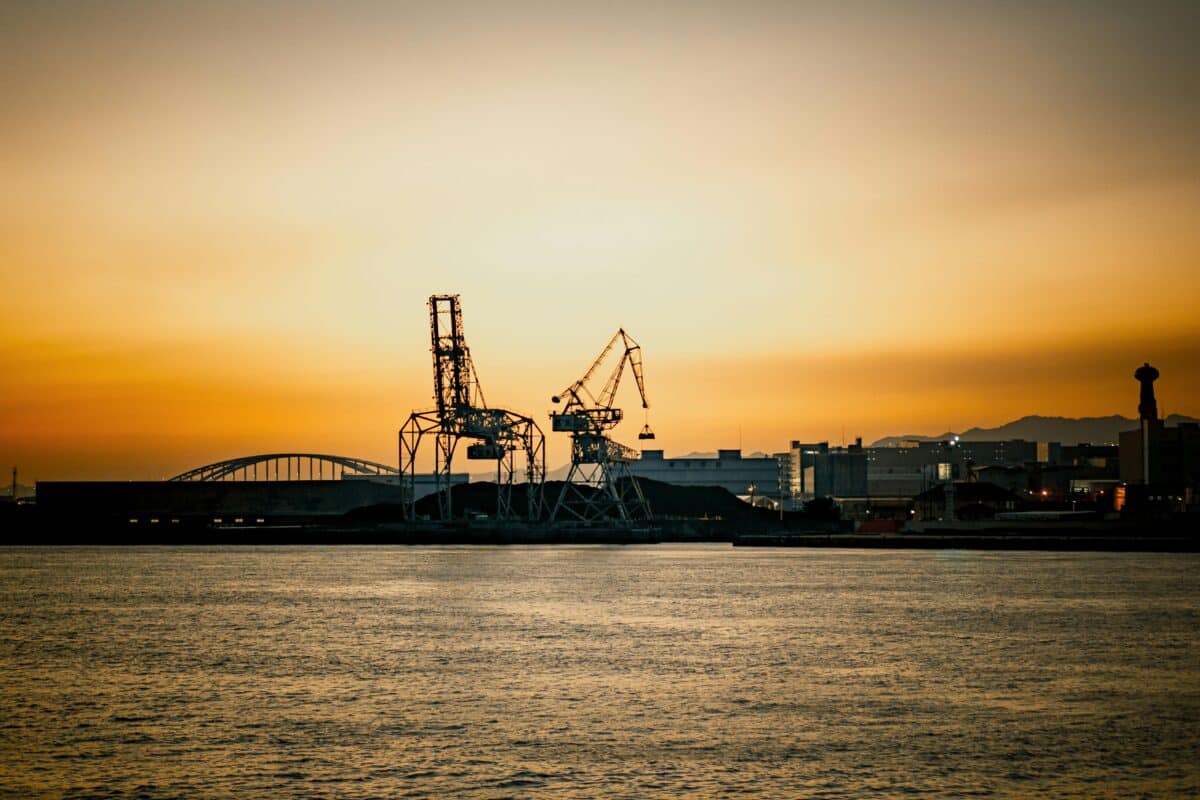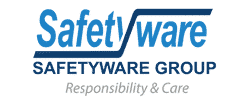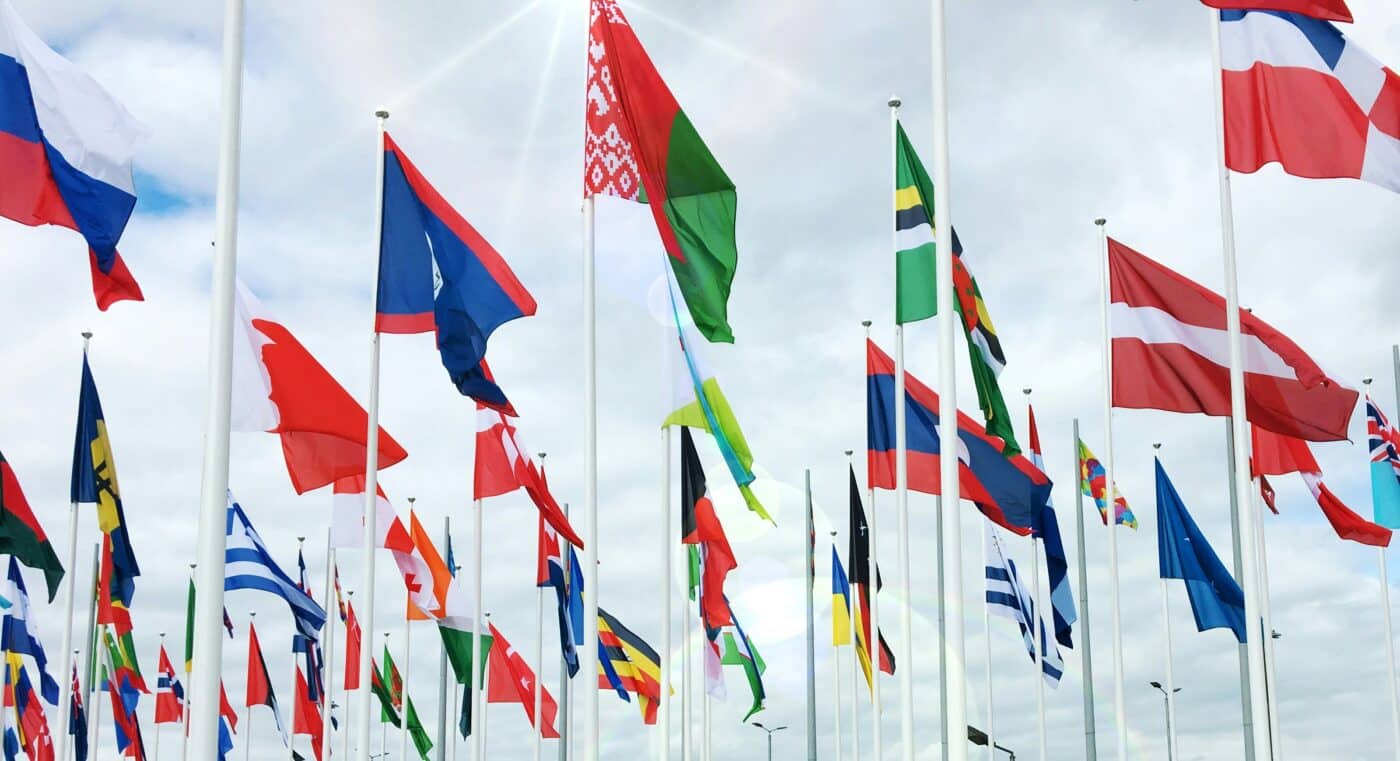April 17, 2025The United States is central to the topic discussed in this article.
The United States has rolled out a comprehensive tariff increase on imports from nearly all trading partners. This marks one of the most significant shifts in global trade policy since the 2018-19 trade wars. Effective April 9, 2025, the new “reciprocal tariffs” impose a baseline 10% duty on most imports. Higher rates target countries that maintain large trade surpluses with the U.S. Malaysia, a key Southeast Asian exporter, faces a 24% tariff on select goods. However, strategic exemptions and regional advantages position it to navigate the changes effectively.
Overview of the 2025 United States tariff Measures
- Reciprocal Tariff Framework:
- A baseline 10% tariff applies to all countries, with elevated rates for nations deemed to have “non-reciprocal” trade practices. Malaysia, Vietnam, Cambodia, and others face higher duties (24%–49%) based on their existing tariffs on U.S. goods.
- Exemptions: Semiconductors, pharmaceuticals, and certain energy-related imports are excluded from the hikes, reflecting U.S. supply chain priorities.
- Rationale:
- The U.S. cites persistent trade deficits (over $1.2 trillion in 2024) and structural imbalances. This includes foreign tariffs on U.S. exports that far exceed America’s 3.3% average rate. For instance, India imposes 70% tariffs on U.S. automobiles, while the EU charges 10%.
- The policy aims to reshore manufacturing, protect critical industries, and address national security concerns tied to over-reliance on foreign suppliers.
- Global Reactions:
- China retaliated with 125% tariffs on U.S. exports, while Canada and Mexico face escalating duties on non-USMCA goods.
- Southeast Asian nations, including Vietnam (46%) and Cambodia (49%), are disproportionately affected compared to Malaysia’s 24% rate.
Malaysia’s Strategic Advantages
Malaysia has a strategic advantage when it comes to exporting goods to the United States, primarily due to its relatively lower tariff rates compared to other Asian countries.
- Market Diversification:
- With the US imposing higher tariffs on other major Asian exporters, US importers are looking to diversify their supply chains. Malaysia, with its lower tariffs and competitive production costs, stands out as an attractive alternative
- Lower Tariff Rates
- Malaysia benefits from lower tariff rates imposed by the US compared to other major Asian exporters. For instance, while countries like Vietnam and Cambodia face tariffs as high as 46% and 49% respectively, Malaysia’s tariffs are significantly lower. This makes Malaysian products more cost-competitive in the US market.
- Cost-Efficient Production
- Malaysia’s manufacturing sector is known for its cost-efficient production, thanks to lower labor and operational costs. This allows Malaysian manufacturers to offer high-quality products at competitive prices, even when factoring in tariffs.
- Strategic Trade Agreements
- Malaysia’s participation in regional trade agreements, such as the Comprehensive and Progressive Agreement for Trans-Pacific Partnership (CPTPP), provides preferential access to multiple markets. This not only enhances Malaysia’s trade relationships but also helps in mitigating the impact of tariffs.
- Robust Infrastructure:
- Malaysia has a well-developed infrastructure that supports efficient manufacturing and export processes. This includes advanced technological adoption in key industries, which further boosts the competitiveness of Malaysian products.
Looking for Partner in Malaysia which expert in production PPE?

Discover the exceptional quality and competitive pricing of PPE items manufactured in Malaysia. With lower tariffs and cost-efficient production, our safety gear offers a reliable alternative for importers seeking high-quality products amidst rising US tariffs. Partner with us for durable, innovative, and affordable PPE solutions that meet international standards.
SAFETY FOOTWEAR MANUFACTURING

Our Safety Footwear manufacturing is a hallmark of our expertise, featuring four advanced production lines. We utilize diverse technologies including Direct Vulcanization Technology with Nitrile sole. We also use Direct Injection Technology with PU sole, Cemented Technology using Nitrile sole, and PVC Wellington boots using Direct Injection Technology. With a combined annual production capacity of over 600,000 pairs, our safety shoes and boots are designed to offer superior protection, durability, and comfort for workers across various industries.
MASK & RESPIRATORS MANUFACTURING

In our Masks & Respirators sub-section, we manufacture a comprehensive range of respiratory protective equipment designed to safeguard against various airborne hazards. Our product lineup includes FFP2 and P2 particulate respirators, offering multiple options that meet stringent international and national standards. Additionally, we produce 3-ply and 4-ply medical face masks, all of which are approved by the Medical Device Authority (MDA). Each of our masks is engineered for high filtration efficiency and comfort. This ensures reliable protection across medical, industrial, and public settings.
SAFETY HELMET MANUFACTURING

Our Safety Helmet production features high-quality helmets meticulously designed to protect against head injuries in hazardous work environments. Manufactured to meet stringent international safety standards, our helmets boast lightweight yet robust construction. This ensures they are comfortable and durable for long-term use. These helmets provide essential protection for workers in construction, manufacturing, and other high-risk industries, offering peace of mind and superior safety performance.
Get our company profile for further knowing.
Company Profile v5(Local)_Digital Copy_FA

Conclusion: A Cautious Optimism
While the 24% tariff poses challenges for sectors like palm oil and furniture, Malaysia’s strengths in semiconductors and medical devices offer a buffer against broader disruptions. Regional trade integration also helps. With GDP growth projected to rise to 4.5%–4.7% in 2025, the nation is well-positioned to capitalize on shifting global supply chains—provided businesses adapt swiftly.
For further details on tariff classifications and exemptions, refer to the U.S. Trade Representative’s latest notices.
For more updates on safety news and insights, visit our website at Safetyware.
Any Questions? Contact Us:
📩 Email: [email protected]
🌐 Website: www.safetyware.com
📞 Contact us: WhatsApp

